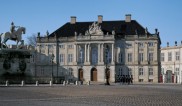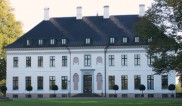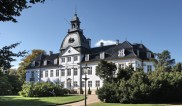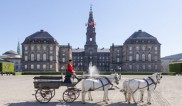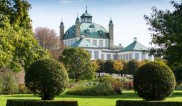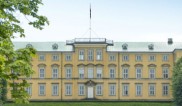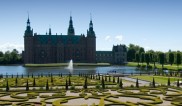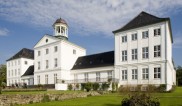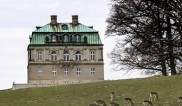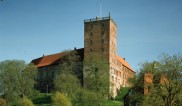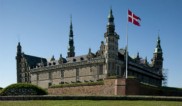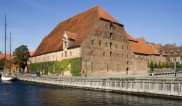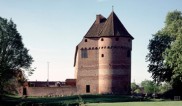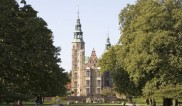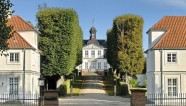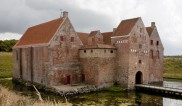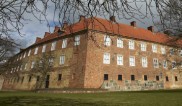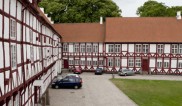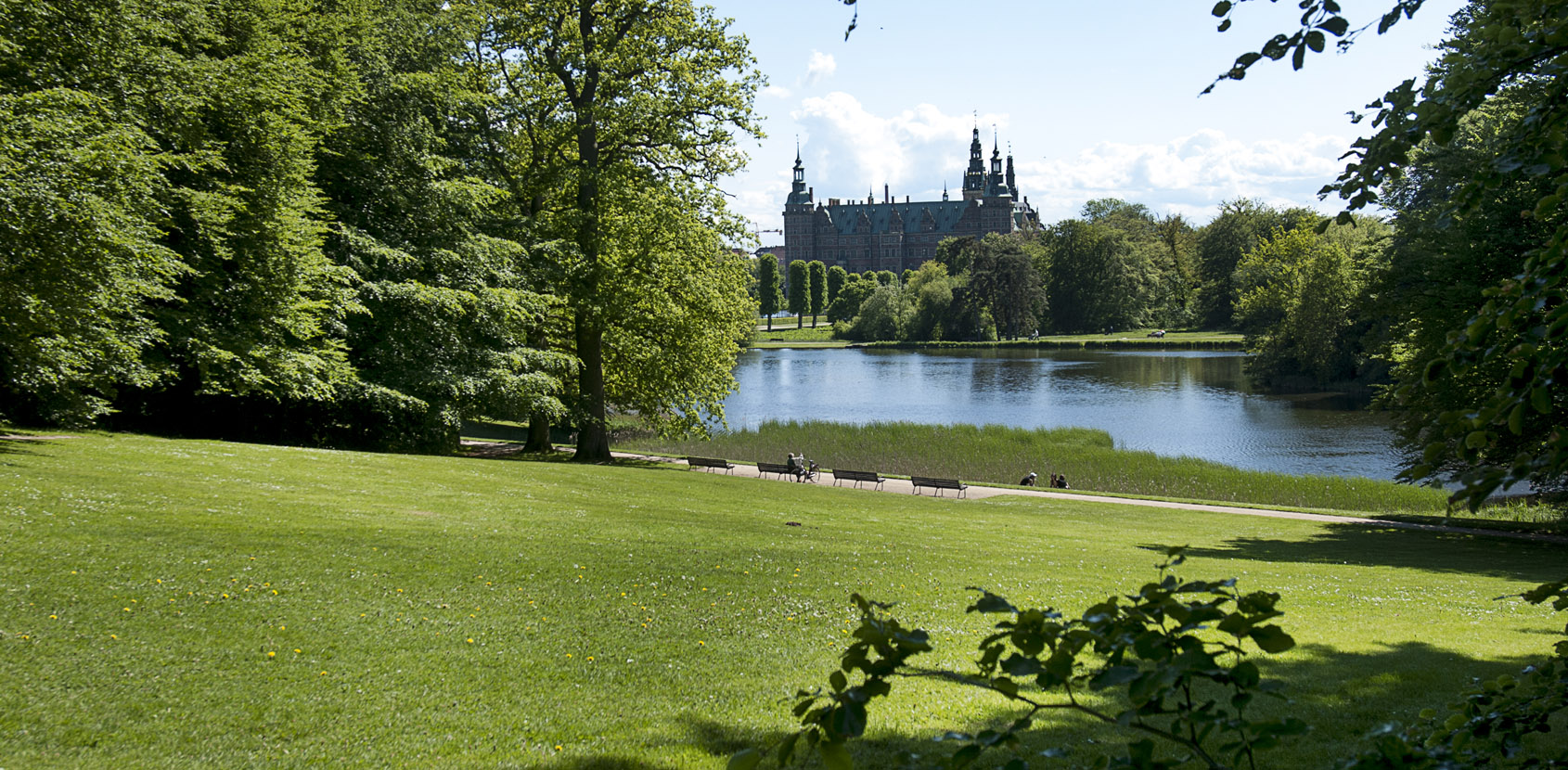
Frederiksborg Castle Gardens
Established 1720-1725, Fredeiksborg Castle Gardens were laid out in the fashion of the time by the royal architect and landscape designer, Johan Cornelius Krieger.
The new baroque gardens were characterised by a central axis in Frederik IV's baroque garden, creating a continuity between building, garden and the open land. Along the main axis in Frederik IV's baroque garden, a cascade was built with water canals and fountains. Symmetrically sourrounding the cascade were avenues, bosquets and parterres sporting the royal monograms. The parterre was planted with box hedges in the exact manner which the king has seen in the Italian and French palace gardens.
The gardens existed for about 40 years under three reigning kings, Frederik IV (1699-1730), Christian VI (1730-46) and Frederik V (1746-66). The last remains of the cascade were removed during the reign of Christian VII (1766-1808), presumably because the garden had grown out of style and become too expensive to maintain. In 1993, only the terraced ground, avenues in decay and deformed box hedges remained of the original baroque garden.
There has been a repeated wish to reestablish this refined garden since 1850. Finally in 1993, the financial basis was provided, and the recreated baroque garden by J.C. Krieger was inaugurated on June 5, 1996. As many as 65,000 box plants and 166 pyramidshaped yews have been planted in the parterre, whilst 375 limes and 7,000 hornbeam plants are used to create the avenues and bosquets. The cascade floor consists of half a kilometre of dressed granite stones.
As the only one of the Danish royal gardens, the baroque garden at Frederiksborg Castle escaped being transformed into a romantic landscape garden. It was probably too difficult and costly to fell the many lime avenues and change the characteristic terraced grounds.
Frederiksborg Castle, however, did get its romantic garden - the big fashion in landscape gardening from the late 18th century. A landscape garden with meandering paths, canals and lakes was laid out by Frederik VII (1848-63) in the Indelukket enclosure and Lille Dyrehave woods around the Badstueslottet castle, built by Frederik II. On a small island in the Ødam pond, the king built a miniature version of a Norwegian manor, and this became a favourite place for the royal couple.
A spectacular part of Lille Dyrehave, called Egestykket (the oak area), with large fully-crowned oaks was originally planted in order to provide sufficient wood for the Danish navy, which was abducted by the English in 1807.

 Dansk
Dansk
 中文
中文
